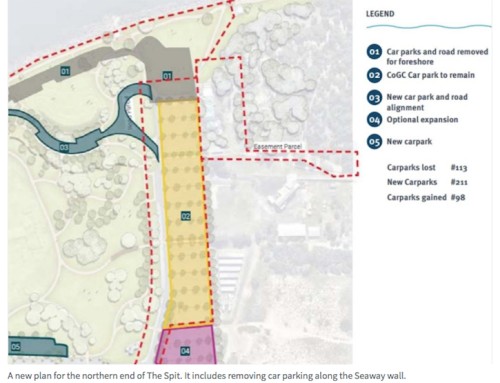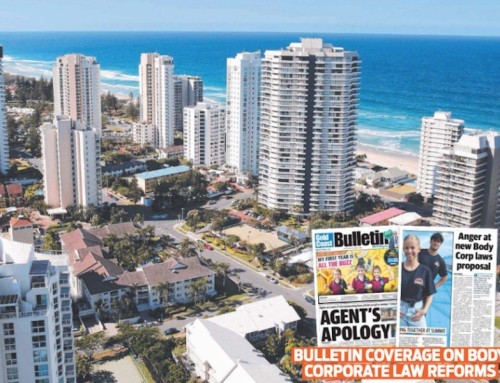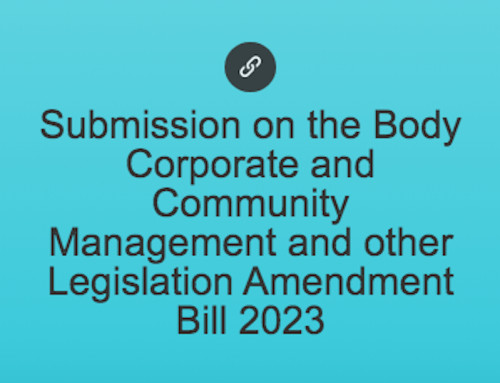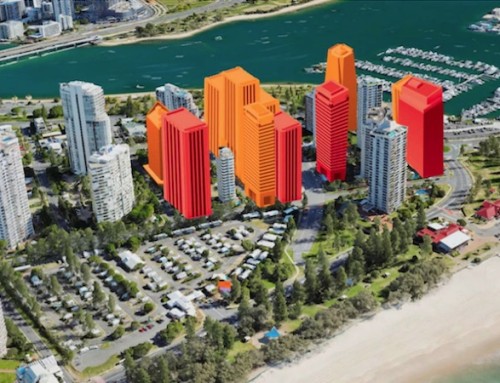Sharing a Vision for Main Beach and The Spit
Article from GC Bulletin 19 September 2022
ANGER AS CITY PLAN IN LIMBO
Keith Woods
THE state government is refusing to tick off on council’s revised City Plan – which governs development rules Coast wide – amid fears it will stall affordable housing.
Deputy Premier and Minister for Planning Steven Miles said the state was continuing to work with council on the plan, which he described as “incredibly large and complex”.
But Mr Miles expressed concern there could be “unintended consequences” if changes to design and density in some areas were approved, which the state was anxious to avoid amid the city’s housing crisis.
Council has been waiting for the Department of State Development and Local Government to green light the plan since it was submitted on December 15 last year.
Mayor Tom Tate in early September said he was frustrated by delays at that stage, claiming the new plan could help with affordable housing.
“We have been waiting for months for the state interest check for our new town plan,” Cr Tate said. “From the minister’s level there is political will. But we keep getting asked for the same information. The right hand doesn’t know what the left hand is doing.
“Grab the plans, tick all the boxes, and give it to us and that will go a long way to resolving affordable housing.”
But sources said the delay was due to multiple plan problems, with little chance of it being approved as is
The Bulletin understands the state government has proposed approving parts of it that it sees no issue with, while continuing to work with council on problem areas. Council is reluctant, preferring the entire plan passes, raising the prospect it may be rejected outright.
Among concerns are rules governing setbacks, site coverage and heights in some coastal suburbs, reducing the number of units that may be built on sites.
Growth targets for Biggera Waters, Southport West and Labrador were last year slashed by 41 per cent before the final plan was submitted to government after a vocal campaign from residents.
Officials are said to be concerned that the restrictions would make it difficult for the city to cater for expected population growth, with the state government’s Shaping SEQ plan stating the Gold Coast will need an extra 158,000 dwellings by 2041.
Sources said while the plan did open up some greenfield sites for possible development of new homes, that did not make up for the numbers potentially lost on the coastal strip.
Representatives of the development industry have also expressed concerns. The industry has been operating on tight margins amid escalating costs for trades and materials and has claimed the restrictions would make many developments uneconomical.
Government officials have also said to have had their task slowed by the complicated nature of the plan and the fact that it went through multiple amendments and four different rounds of consultation.
Under legislation, planning officials must ensure everything proposed has gone to public consultation in accurate form. The news comes amid a spiralling housing crisis on the Gold Coast, which has seen rental costs soaring and multiple reports of low-income families forced to live in cars and tents.
Future demand for housing is expected to remain red hot, with a recent survey revealing 85,000 people from Sydney and Melbourne intend to move to the Gold Coast in the next five years.
























